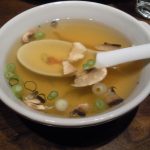Replace Pinkwashing With Prevention
October is Breast Cancer Awareness month and that means pink ribbons blanket everything from cosmetics to soda cans. In 1992, Estée Lauder’s senior corporate vice president—a breast cancer survivor—added pink ribbons to their packaging to raise awareness about breast cancer. During Breast Cancer Awareness month that year, makeup counters handed out 1.5 million ribbons, each accompanied by a laminated card describing how to perform a proper breast self-exam. They collected over 200,000 pink ribbon petitions urging the White House to push for increased funding for breast cancer research. The following year, brands across industries began adding pink ribbons to their products.
The problem with this practice is that many of the companies using these pink ribbons were doing what is often referred to as “pinkwashing.”
Not familiar with pinkwashing?
This is a term coined to describe a company or organization that claims to care about breast cancer by plastering the pink ribbon on their products, but at the same time produces and sells products that are linked to the disease. For example, some cosmetic products will use pink ribbon packaging while containing breast cancer-causing parabens. Since there’s no regulation on adding this type of false advertising, companies like KFC are able to slap a pink ribbon on their bucket of fried chicken and call it “raising awareness.”

So where do all these pink ribbon profits end up and how has this “awareness” helped us?
• The National Cancer Institute’s annual budget is $1.8 billion, but only 5% goes towards cancer prevention.
• 1 in 8 women will be diagnosed with breast cancer.
• 44,000 women end up dying of breast cancer each year.
• Between 1973 and 1998, breast cancer rates increased by more than 40%.

So the question you might be asking is, “shouldn’t companies that claim to be “fighting” breast cancer stop using chemicals that cause that very disease!”
The answer is YES! As consumers, we need to expose these companies and understand the solutions at hand to actually fighting the disease.
The solution is prevention!
You can change the odds by practicing prevention and stop supporting these pinkwashing phonies.
Billions of dollars have been raised through consumer activists, non-profit organizations, and corporations devoted to putting an end to breast cancer by creating awareness. But little has been spent on educating consumers on how to prevent this potentially deadly disease. After all, it’s likely you’re aware of breast cancer but it’s not as likely that you’re aware of how to actually prevent the disease.
If you’re looking for quick prevention tips backed by science, here is what we recommend:
1. Eat clean and choose certified organic and hormone-free foods.
2. Don’t use Teflon pans to prepare your meals.
3. Avoid BPA products and BPA-lined food cans.
4. Avoid high-risk occupations that show an increased risk of contracting the disease.
5. Avoid cancer-causing chemicals and the products they’re hiding in.
6. Avoid pesticides in your home and gardens.
7. Choose safe cosmetics and safe personal care products.
8. Choose safe cleaning supplies for your home and office.
9. Exercise regularly
10. Dispose of batteries, electronics and light bulbs properly.
Have you seen a lot of pinkwashing this season? Share these facts and prevention tips with your friends and family.




